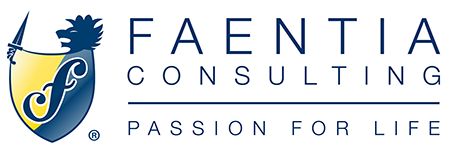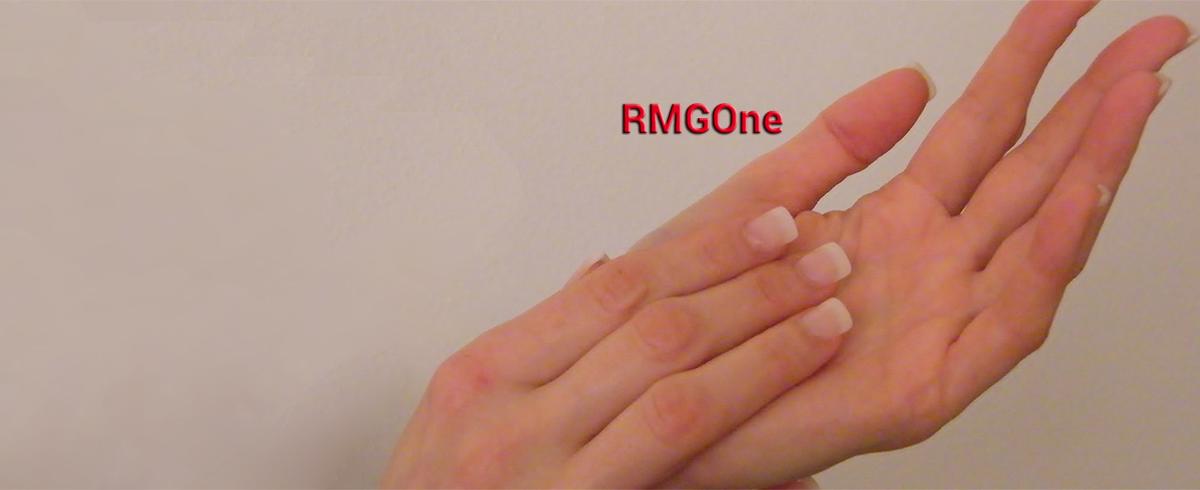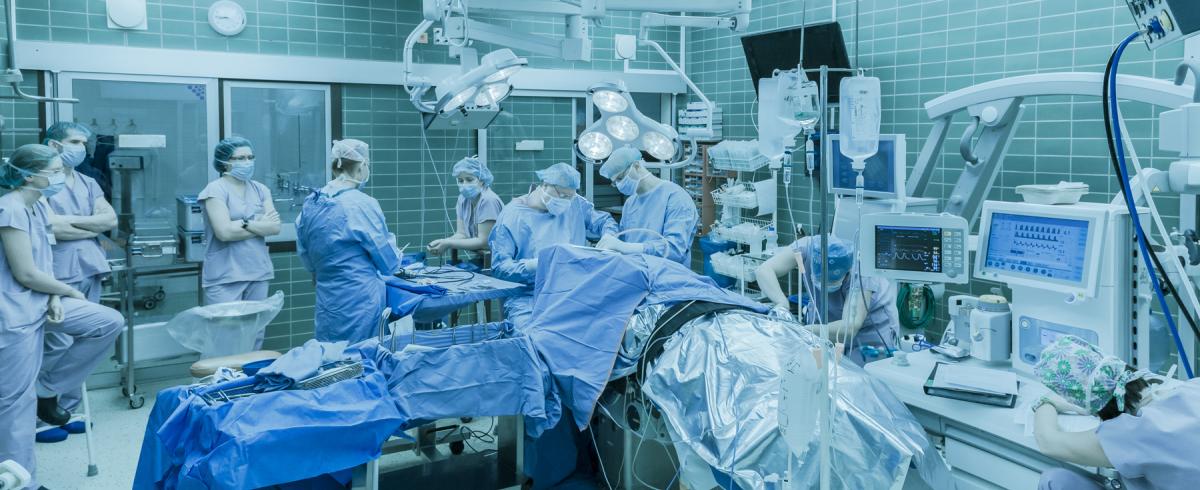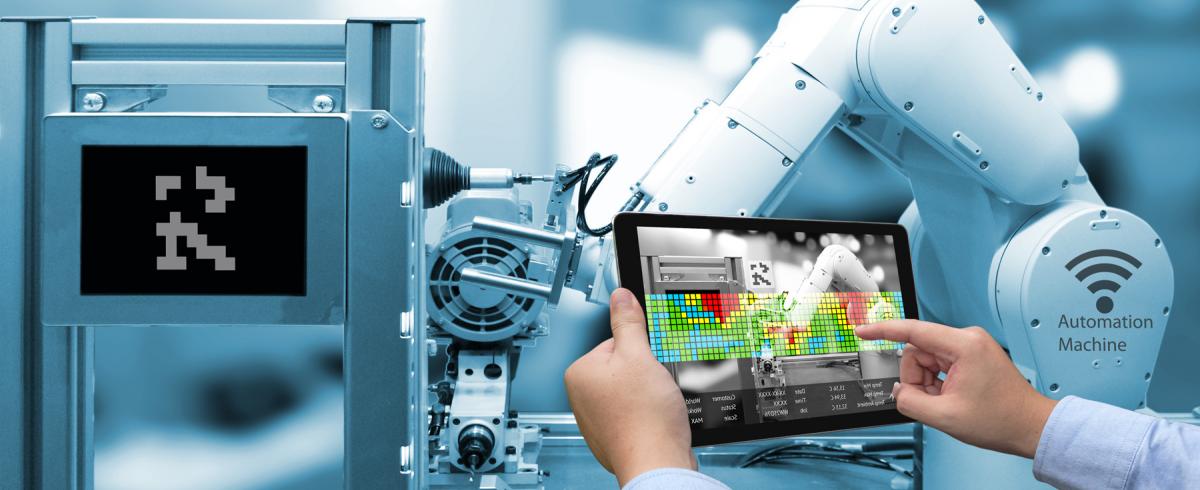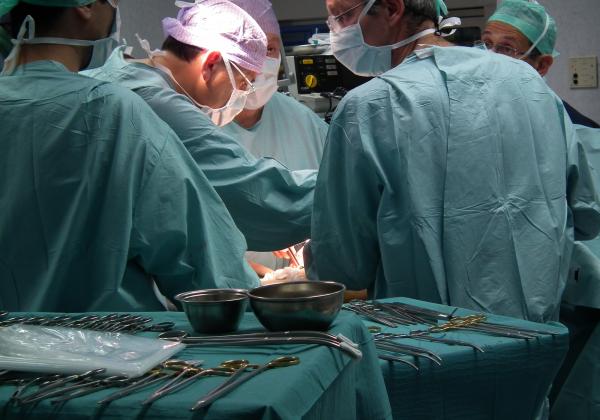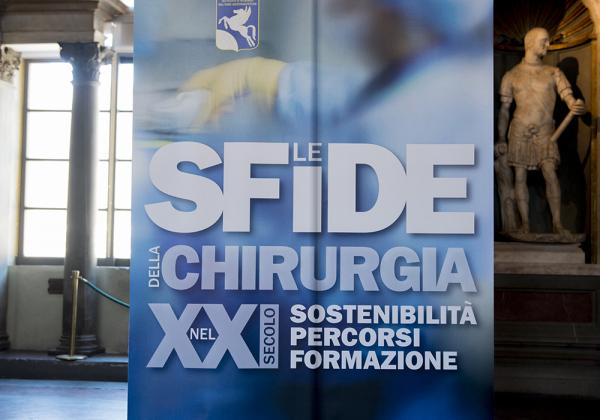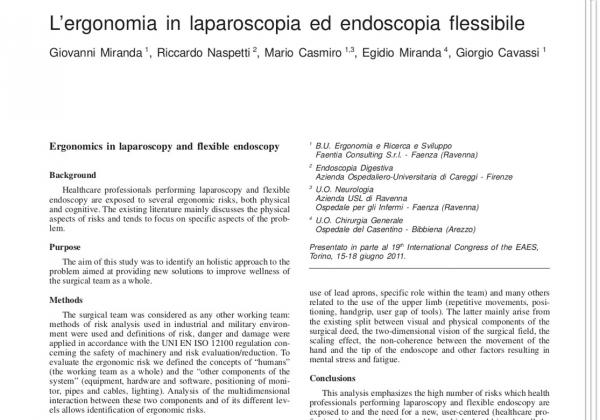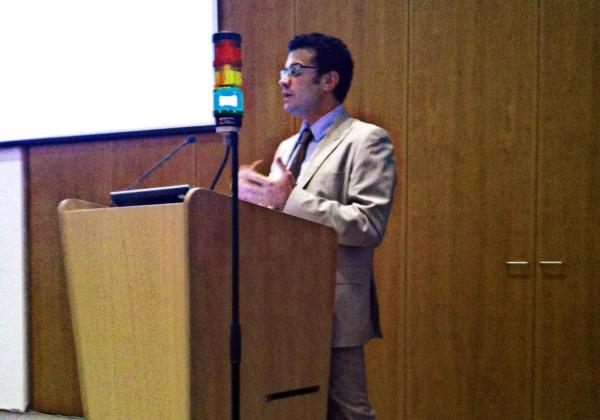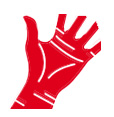
The study of new tools and methods for carpal tunnel syndrome diagnostics.

The Research & Development business unit, in collaboration with the Ergonomics business unit, is involved in studies aimed at analysing and improving working conditions in the field of medical care.
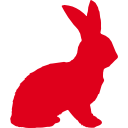
Implementation of “Coniglietto Ginny” ("Ginny's Bunny") software for easy and interactive management of Diabetes Mellitus ( or type 1 diabetes) data.
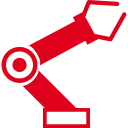
Studies concerning the application of Virtual Reality and Augmented Reality to the design and maintenance of industrial products.
Partnerships & Affiliations

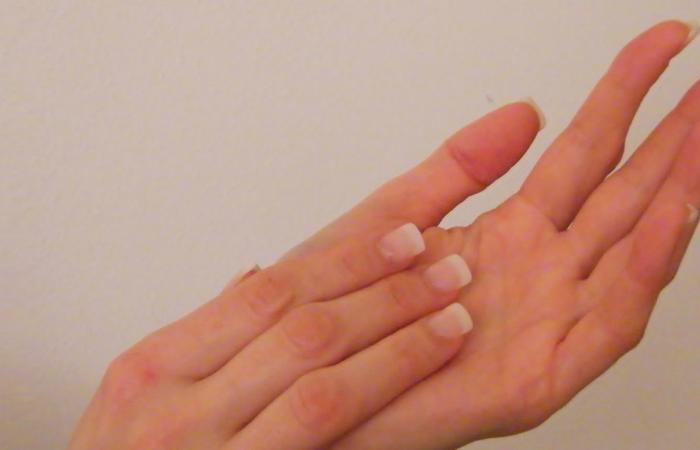
The R&D division created an electromedical device prototype for non-invasive measurement of carpal tunnel internal pressure.
The device is designed to support conventional neurophysiology methods applied to carpal tunnel syndrome diagnostics.
It is also useful as a screening tool for high risk work environments, for cost-effective, non-invasive syndrome prevention.
The prototype is the result of a scientific research effort promoted by the R&D section of Faentia Consulting in collaboration with the Faculty of Medicine of the University of Bologna and a pool of Italian medical doctors and engineers.
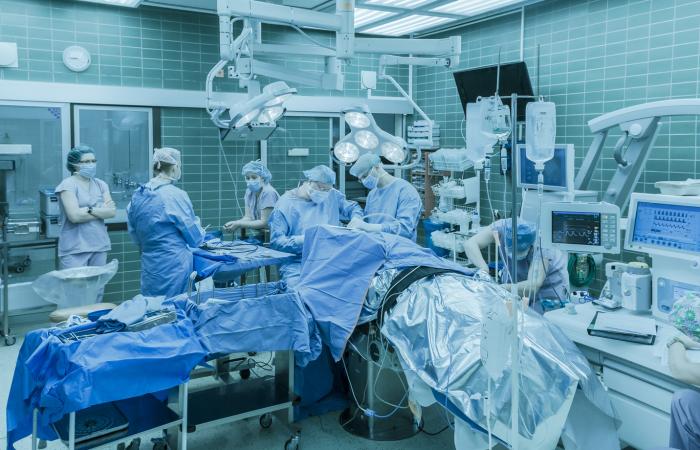
The purpose of the Ergoscopy (from the words Ergonomics and Laparoscopy/Endoscopy) project is to analyse the working conditions of complete work teams in operating theatres (surgeons, nurses, scrub nurses, radiologists, anesthetists), using a global approach to the problem during surgical endoscopy and laparoscopic procedures.
The project is divided into three steps:
-
assessment of the risk associated with Ergonomic dangers of a physical and cognitive nature to which every member of the work team is exposed,
-
identification of protective measures for the elimination of hazards or for the reduction of the level of risk
-
implementation of the measures identified in operating rooms
The final goal, shared with the team involved in the implementation of the project, is to raise awareness concerning ergonomic issues both among medical personnel (doctors, nurses, etc.) and manufacturers of medical-surgical equipment, in order to ensure a general improvement of the well-being of both the medical staff and the patients.

The goal of this research project is to ensure the "evolution" of Service Manuals thanks to applications that use Augmented Reality as a tool for maintenance engineers in charge of performing maintenance operations on generic products. The idea is to allow maintenance technicians to scan with a tablet or smartphone the operating point, so that the application can superimpose "reality-enhancing" additional digital information related to the operation to be performed. In this way, the maintenance engineer is guided step by step through the performance of a number of operations without needing any printed manuals or having to remember the succession of the required operations.
The existing literature shows that Augmented Reality applied to maintenance can lead to a number of advantages for users, including:
-
decreased time requirements for the training of workers and transfer of know-how from more experienced to less experienced workers;
-
decreased operation time requirements, thanks to the real-time nature of the application tool;
-
reduced errors and increased efficiency of maintenance activities;
-
increased maintenance operations safety.
